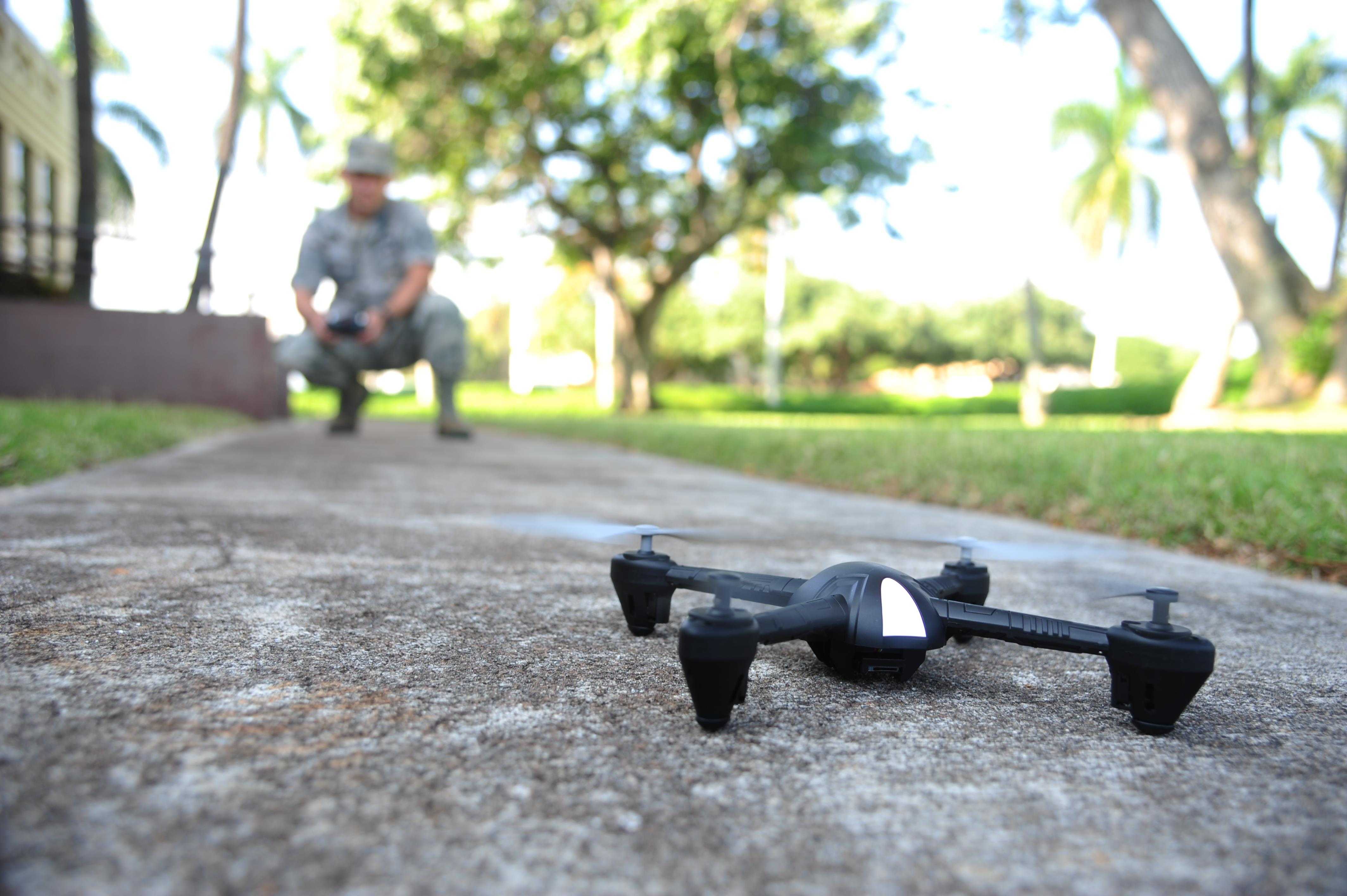For any commercial drone operation, it's crucial that you have a checklist template to run before each flight to make sure everything is in working order.
Safe operation and proper maintenance of your drone systems are paramount, and in order for you to ensure you're not putting your license, equipment, or the whole operation at risk, you simply can't afford to avoid a structured process.
If you're not taking proper steps to eliminate risk and uncertainty, you'll be wasting time and money trying to figure out what exactly went wrong.
What's more, it's incredibly important that pilots are properly compliant with safety regulations and proper procedure for safe, smart drone operation.
This checklist will run you through a comprehensive list of common problems and preventative measures you should be taking to ensure you're doing everything you can to mitigate risk and streamline your flight process.
Ultimately, this process can mean the difference between a successful operation and a fatal mission failure.












